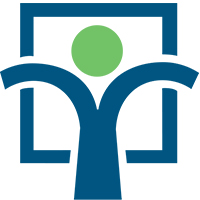
A recent Supreme Court of Canada (SCC) decision Canada v. GlaxoSmithKline Inc., 2012 SCC 52, adopts a broad test for transfer pricing, which may provide multinational corporations a new strategy for mitigating taxes, namely, transferring funds to sister companies in lower-tax jurisdictions.


